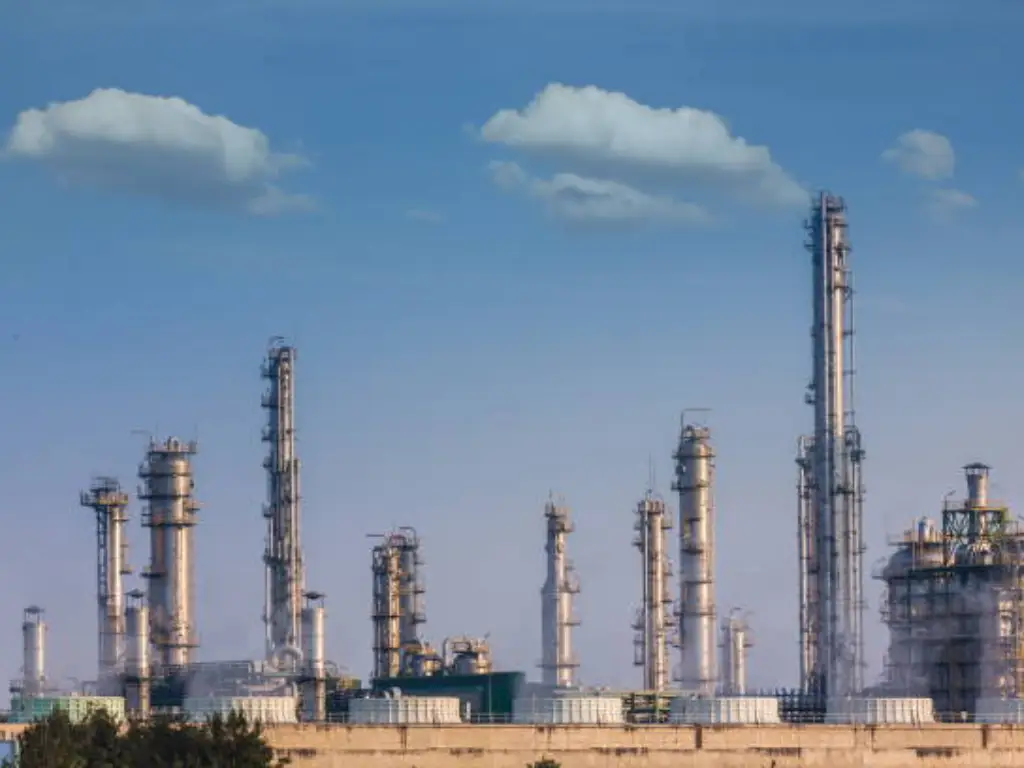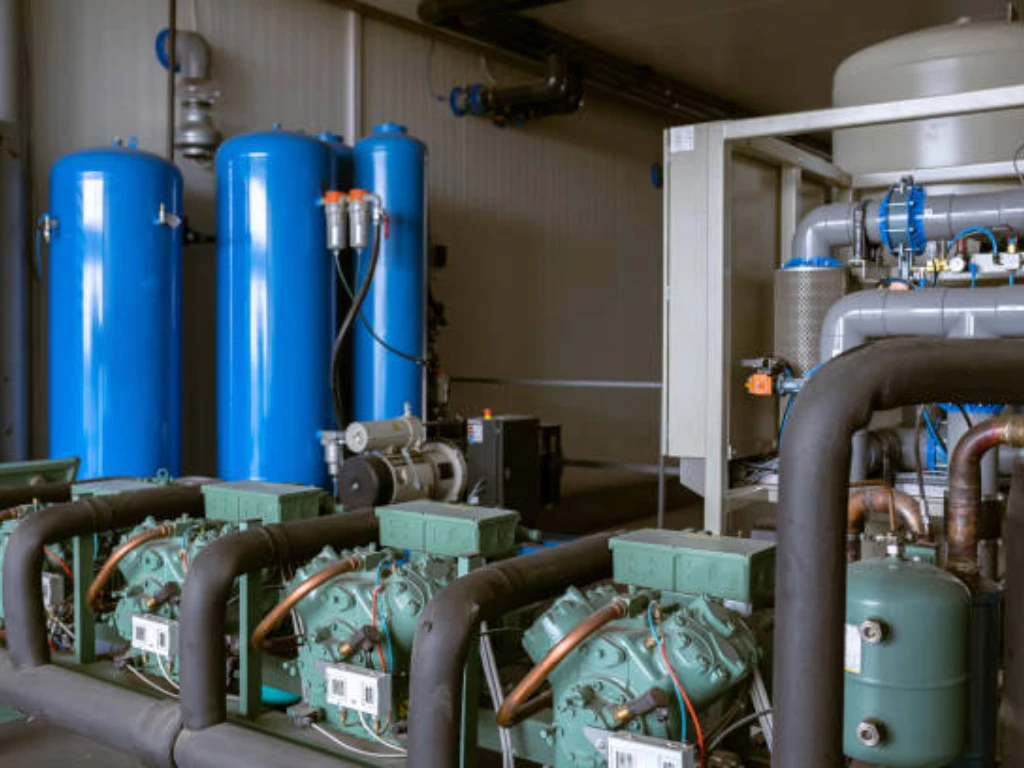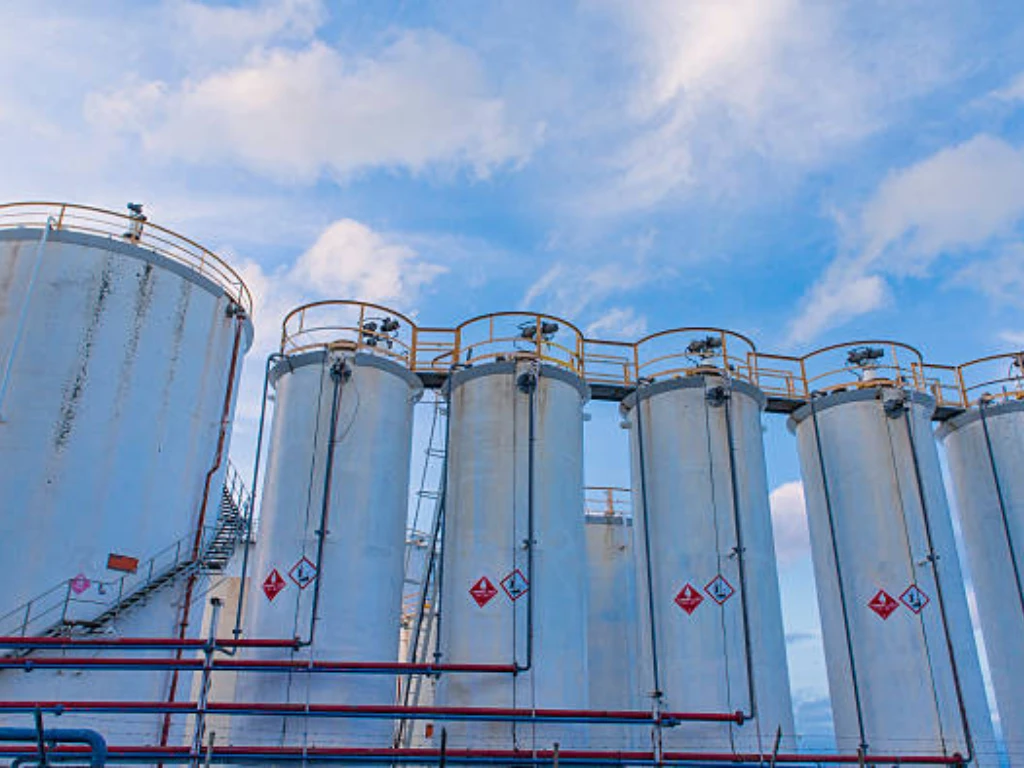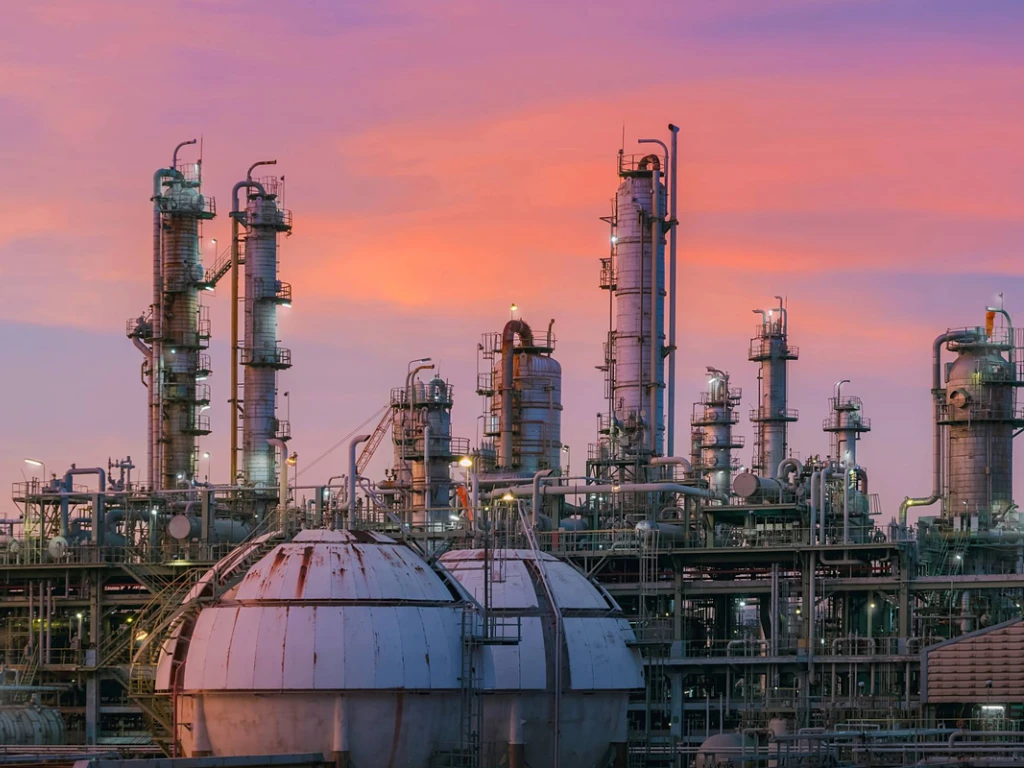Molecular sieve and activated alumina are known to be among the best moisture-removing desiccants that help keep products from degrading used in most industries. But, which is better between the two? How can you decide and pick one over the other?
Well, in this post, we will analyze each and cover the major contrasts between them so you can make an informed decision. Let’s get to it!
What is Activated Alumina?

Activated alumina is a substance you would or would not have heard of. Activated alumina, on the other hand, has most likely benefited you and your relatives. It might even be hidden in the filtration system in your sink.
Activated alumina in the form of very porous microspheres that have been microscopically “squished” is known as activated alumina. As a consequence, they can perform a wide range of jobs. They can be used with dry gases. The safe transmission of vaporous gases frequently necessitates the dryness of gases. Propane, for particular, must be dried before use to prevent rusting of machinery, which might result in major spills.
Activated Alumina Attributes and Benefits

- Activated Alumina’s uniform bead size ensures a low-pressure drop, which eliminates channelling and enables the full bed pillar segment to be used.
- It’s critical to have sufficient crush power when inserting desiccant in dryer stacks to eliminate dust collection. This property permits activated alumina to be used as a pre-bed ingredient when other types of desiccant are sought.
- Activated alumina doesn’t wilt, swell, soften, or disintegrate when it’s soaked in water. Water stagnation has no impact on the alumina beads. The desiccant’s high adsorption capacity can be regained following a complete refurbishment.
- The use of activated alumina sheeting in renewable drying procedures has a longstanding experience.
- Reduced wearing means minimal sifting throughout tower uncompression or filling, as well as a reduced pressure drop and a reduced likelihood of after-filter blockage.
Frequent Uses of Activated Alumina

As a consequence, activated alumina is very successful in reclaiming infectious materials and tainted rainwater flow. Impurities from industry, including emulsifiable metals, can be collected by rainwater. It can also wash contaminants such as arsenic and lead into aquifers due to mining operations. Activated alumina can be used to sweep up toxic regions that have been abandoned for a long moment and are only already being tidied up.
Activated alumina is an economical way to clean up the surroundings. It guarantees that dangerous substances do not infiltrate back into the ecosystem after being eliminated due to its proclivity to bind with them.
The fact that activated alumina is exceptionally stable is an important characteristic. It may create links with a variety of substances sans changing their chemistry or structure. Because of its porous structure, its surface area is substantially greater than its mass, permitting it to absorb a considerable quantity of stuff.
Activated alumina is also a desiccant, which means it can remove moisture from the ambient condition and other gases. It is used for dehydration and representation in the manufacturing of hydrogen peroxide, natural gas, and fuel.
It’s also used to cleanse water in factories, municipal wastewater facilities, and individual homes. It simply eliminates fluoride, lead, arsenic, and other contaminants from drinking water.
Due to its excellent crash tolerance, high porosity, and chemical and physical resilience, activated alumina is one of the most important and helpful materials in today’s high-tech industry.
What is a Molecular Sieve?

A molecular sieve is a porous substance with uniformly sized pores. These pores have a diameter that is comparable to that of very small molecules. As a result, large molecules can’t flow through these pores and are adsorbed, whereas smaller molecules might pass across. The dimension of a molecular sieve can be measured in Angstroms or nanometers.
When a combination of molecules migrates via a fixed bed of porous and semi-solid materials (the sieve), the molecules with the highest molecular mass tend to exit first, followed by the ones with lower molecular mass. As a result, chromatography can benefit from these molecular sieves. Dryers can be made from certain types of molecular sieves.
In terms of molecular sieve substance’s uses, it can be used to dry gas flows in the petroleum industry. This chemical can be used to dry forceful desiccants, as well as other solvents. Isomerization, alkylation, and epoxidation can all be catalyzed by catalytic uses. Furthermore, molecular sieves can be used to filter air supplies for scuba divers and firefighters wearing breathing apparatus.
A Common Use of Molecular Sieve

In the petroleum sector, molecular sieves are frequently used, particularly for the filtration of gas streams. Valves feeding into and out of molecular sieves cycle regularly, and spillage in these important locations can make meeting item refinement standards problematic or unattainable. Due to the obvious complication brought by the acidic and corrosive characteristics of H2S and CO2, sour gas dryness is of specific importance. Drying units face a costly problem in maintaining their reliability when a valve fails to separate and/or function owing to abrasive wear. A single, well-chosen valve can address a wide range of issues.
A conventional dehydration method comprises two or more pillars with molecular sieve substance sandwiched between them. The other column regenerates as the wet/sour steam is treated in the first. The molecular sieving platform’s shifting valves are critical in directing the inlet/outlet flow of gas into the pillars from an adsorption stage to rejuvenation and chilling stage in order. The regularity with which these valves spin varies based on the molecular sieving mechanism, although they commonly cycle three or more times per day. Rivalry valve blueprints typically have a one-year endurance in this abrasive environment and are swapped during periodic maintenance shutoffs.
Differences Between Activated Alumina and Molecular Sieve

Molecular sieves and activated alumina are both adsorbents. Activated alumina is a permeable aluminum oxide substance with homogeneous pore dimensions, whereas molecular sieve is a permeable material with consistent pore dimensions. As a result, the primary distinction between activated alumina and molecular sieve is that activated alumina has a significantly higher percentage of pores, whilst molecular sieve has a significantly lower quantity of pores.
In terms of functionality. Activated alumina has far higher water adsorption properties than a molecular sieve, making it an excellent substance for air compressors and some natural gas refining applications. The substance’s resilience authorizes it to bear a lot of pressure as well as high moisture degrees.
Activated alumina, unlike molecular sieves, cannot adsorb a wide range of substances or segregate specific molecules from each other and, making it ineffectual in ethanol dryness. This is due to the fact that activated alumina can adsorb a pair of ethanol and water molecules, resulting in no segregation.
Molecular sieve might not have been able to soak up quite so much water as those other adsorbent materials, but if you are required to minimize water to a very low level, molecular sieve might be the absorbent of preference.
Due to the customisation of their pore dimensions, molecular sieves can also be used to segregate certain molecules from each other. Water can be separated from ethanol and carbon dioxide, ammonia, and larger petroleum products can be separated from natural gas streams, which activated alumina can’t or won’t do as well.
Which is Better?

Activated alumina has greater adsorption properties when drying underneath high relative humidity situations. Molecular sieves, on the other hand, would be better appropriate for drying at low relative humidity and high temperatures.
However, it all jolts down to the application. You see, as much as you want the best drying agent, the overall purpose will determine which drying agent to choose. But, in our case, we strongly recommend you use a molecular sieve.
Conclusion
As you can see, a molecular sieve is the most suitable option for your production lines. At Jalon, we make certain that everything we sell is of the highest quality. If you contact us, we are confident that we will be able to provide you with the finest quality molecular sieve. Our products are sold around the world and are known to be the most excellent and sought out throughout our customer pool.






